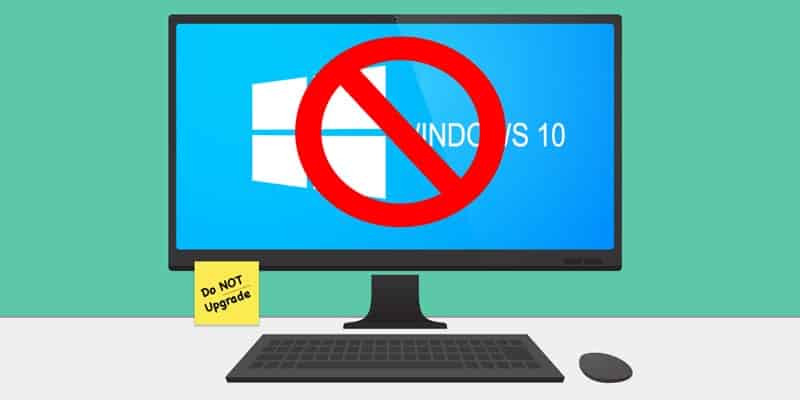Last year, when Microsoft released Windows 10, it also announced an unprecedented opportunity to upgrade for free—but for only one year. And that anniversary falls on July 29th.
Like all free offers, though, this one comes with caveats. First, although the free upgrade is a full version of Windows 10 Home—not a trial or introductory version, the offer is only valid for Windows 7 or 8.1 users, which means if you’re running XP or Vista you’re out of luck.
In addition, uncertainty has surrounded Windows Enterprise or Pro versions—some Windows Pro users originally thought they may have to pay full price to move to Windows 10 Pro. But according to Microsoft’s FAQs page, existing Windows 7 and Windows 8.1 Pro users will receive a free upgrade to Windows 10 Pro.
But Does That Mean Upgrading to Windows 10 Is Right for Your Business?
There are many factors that go into that decision, including software and hardware compatibility, legacy application requirements, and other factors best examined with the help of an IT partner.
Why Should You Wait to Upgrade to Windows 10?
Because further confusion lingers. When Microsoft first announced the new operating system last spring, questions arose about whether users who upgraded for free would have to pay for a new license once the one-year period was up. Microsoft also employed somewhat sneaky methods to try and get users to upgrade to Windows 10, pushing automatic notifications that weren’t easy to opt out of and left many computer users unsure about whether to click “Yes” or “No.”
That’s why CMIT Solutions does not recommend upgrading your machines without the help of a trusted IT adviser—and does recommend the kind of proactive IT maintenance and monitoring that worries about upgrades, security patches, and other software prompts so that you don’t have to.
The success of the free upgrade offer is still to be determined—especially since it’s always best to wait at least 6-12 months to upgrade so that developers can plug inevitable security gaps and fix new-product bugs. Case in point? Last month, a regularly scheduled Patch Tuesday release for Windows Server included a fix that actually broke a crucial access setting.
Reportedly, it’s already cost Microsoft nearly $1.5 billion to give away around 300 million copies of Windows 10. But it’s not just generosity—the tech giant has an ambitious plan to get a billion users on the latest OS. So experts predict that Microsoft will not extend the free Windows 10 upgrade offer beyond July 29th.
That means Windows 7 will most likely remain the reliable operating system of choice for most businesses.
Microsoft’s extended support for the Windows 7 OS runs through 2020, and while there are positives to Windows 10 (the Start button making a triumphant return, a new built-in Microsoft Edge web browser, and voice recognition software), plenty of problems have arisen with application compatibility and even issues with mission-critical business programs like Outlook (which is designed by Microsoft).
So the safest bet is to adopt the new OS via natural equipment attrition. In other words, the easiest upgrade route to Windows 10 is through new computers or laptops purchased by your office that come with the OS pre-loaded—after October 31st, 2016, all new PCs will come with Windows 10 already installed.
Unsure About Whether an Upgrade to Windows 10 Is Right for Your Business?
Ready to consider new equipment to replace old Windows XP or Vista PCs? CMIT Solutions is here to help.
As we mentioned before, CMIT does not recommend upgrading the OS on your machines without the help of a trusted IT adviser. Contact us today if you need help understanding the pros and cons of Windows 10.

